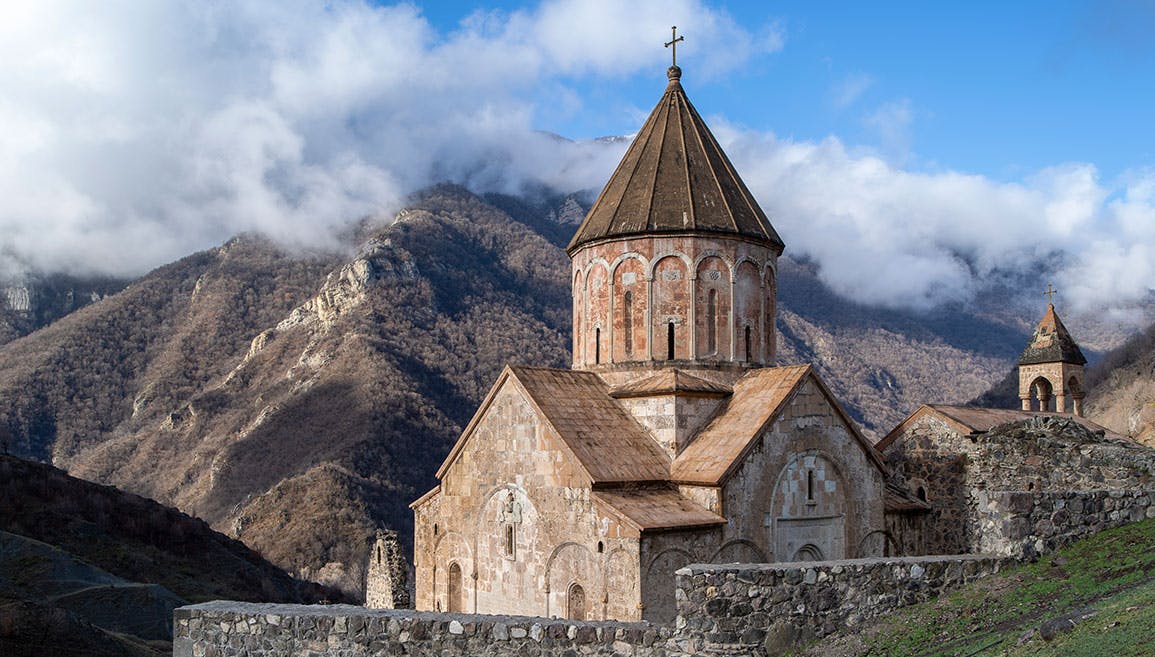A Journey of Faith: The Seven Pilgrim Churches of Rome

Museum of the Bible is honored to present a new exhibition of prints from the Vatican Library, open now through September 10. This is the third installation of prints from the Vatican to grace our gallery walls in Washington, DC. The first was a modern reinvention of the frescoes that hang in the Sistine Hall in Vatican City. Titled Inventors of the Alphabets, this series highlighted the important role of the Roman Catholic Church as a patron of the arts, both historically and today. The second, titled Basilica Sancti Petri, was a chronological look at the design and construction of Saint Peter’s Basilica as it grew and changed over time, showcasing the designs of Michelangelo and Carlo Maderno. Now, a new series of prints invites guests to embark on a visual pilgrimage in A Journey of Faith: The Seven Pilgrim Churches of Rome.
Throughout history, people have embarked on pilgrimages. A pilgrimage is a journey undertaken for religious or spiritual reasons—to seek blessings, absolution, healing, or penance, or to express devotion or gratitude—allowing pilgrims to connect with their faith and renew their commitment to living a life of purpose and service. Pilgrimages take various forms, from a short visit to an extended journey involving hardship and sacrifice, requiring trust and surrender to a higher power. It also has social and cultural significance, promoting unity and understanding among people from different backgrounds and cultures. Perhaps most of all, pilgrimage reflects our desire to seek meaning and purpose beyond the physical realm; a desire deeply rooted in human nature.
In Christianity, pilgrimage has been essential for centuries, with pilgrims traveling to places such as the Holy Land, Santiago de Compostela in Spain, and Rome seeking spiritual renewal and communion with God. In sixteenth-century Rome, one of the most popular pilgrimages was the so-called “Tour of the Seven Churches.” The seven included: Saint John Lateran, Saint Peter’s in the Vatican, Saint Paul Outside the Walls, Saint Mary Major, Saint Lawrence Outside the Walls, Holy Cross in Jerusalem, and Saint Sebastian Outside the Walls.
Saint Philip Neri (1515–1595), the Apostle of Rome and founder of the Archconfraternity of the Most Holy Trinity of Pilgrims, a group dedicated to welcoming and guiding pilgrims to the city, is the main person behind the tour’s popularity, and the exhibition opens with his print.

Figure 1: Saint Philip Neri, Apostle of Rome. Image © Museum of the Bible, 2023. All rights reserved.
Already since the twelfth century, pilgrims arriving in Rome had been given a badge (or testimonium) as evidence of their journey.
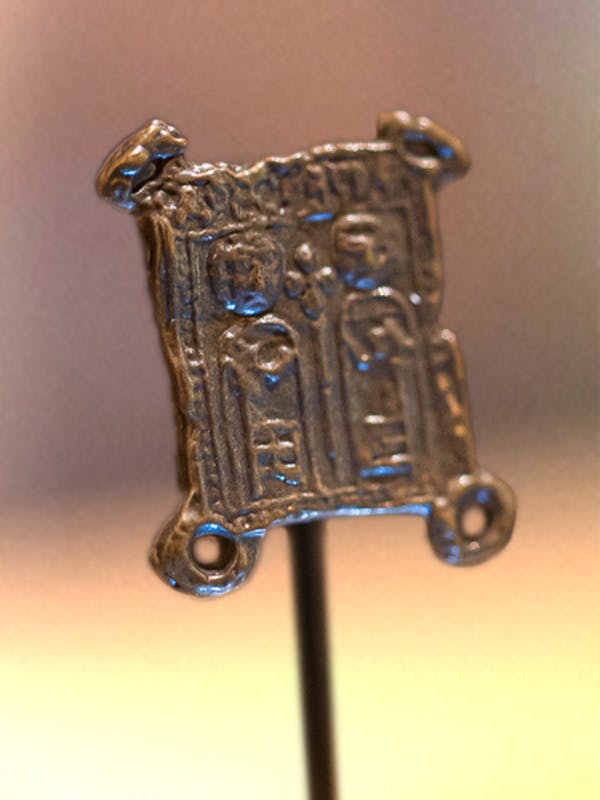
Figure 2: Pilgrim’s badge (facsimile). Image © Museum of the Bible, 2023. All rights reserved.
But from the time of Saint Philip Neri on, they also received a map of the seven churches. Two of these maps are on view in the exhibition. The first, from 1575, shows lines of pilgrims surrounding the churches, each of which is architecturally distinct.
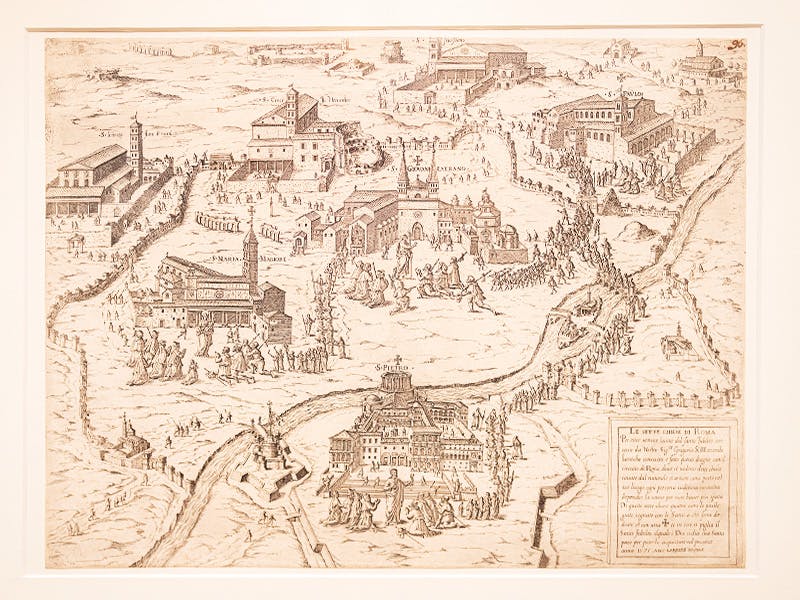
Figure 3: The Seven Churches of Rome, 1575. Image © Museum of the Bible, 2023. All rights reserved.
The second, from 1590, is the same in nearly every regard, except that a few architectural features were updated as the building projects progressed, most notably the completion of Michelangelo’s dome on the Basilica of Saint Peter.
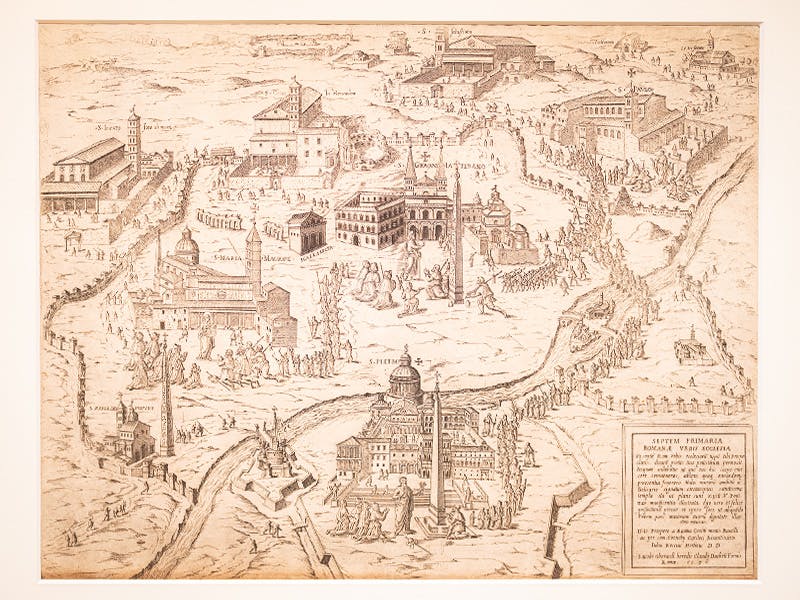
Figure 4: The Seven Main Churches of the City of Rome, 1590. Image © Museum of the Bible, 2023. All rights reserved.
The next seven prints in the exhibition explore the history and importance of each of the seven pilgrim churches. The beauty, sacred relics, and relevance of each church offer a glimpse into the extraordinary religious history and heritage of Rome.
The first site on our tour is the oldest of the four major papal basilicas—the Basilica of Saint John Lateran, founded by Emperor Constantine I (AD 274–337). Renovations and restorations carried out between the seventeenth and eighteenth century gave the basilica its current appearance, as seen in this print by Giovanni Piranesi.

Figure 5: View of the façade of the Basilica of Saint John Lateran. Image © Museum of the Bible, 2023. All rights reserved.
It holds significant importance as the cathedral church of the Diocese of Rome (with the pope serving as the Bishop of Rome) and has been a pilgrimage destination due to its important relics, such as the wooden altar table supposedly used by Saint Peter to celebrate mass in the catacombs and the heads of Saint Peter and Saint Paul.
The next print is also by Piranesi and portrays the Square and Basilica of Saint Peter in the Vatican, a prominent pilgrimage site built over the tomb of the apostle Peter. The basilica holds notable relics, including the Veil of Veronica and parts of the True Cross.
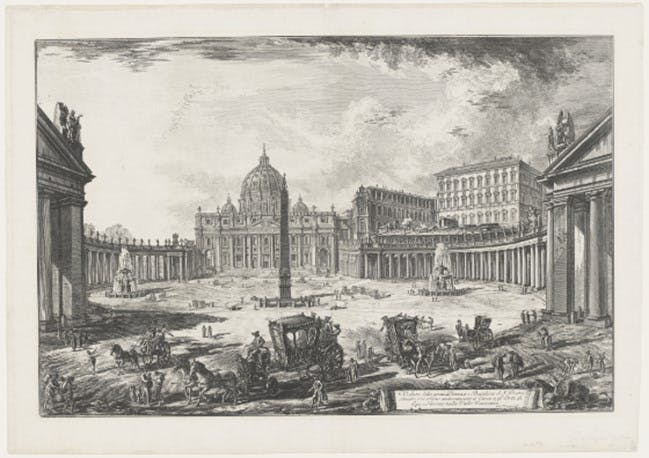
Figure 6: View of the great square and Basilica of Saint Peter in the Vatican. Image © Museum of the Bible, 2023. All rights reserved.
The third print portrays the Basilica of Saint Paul Outside the Walls, which was constructed over the memorial to the apostle Paul and houses his supposed remains and the chains said to have bound him while under house arrest in Rome.
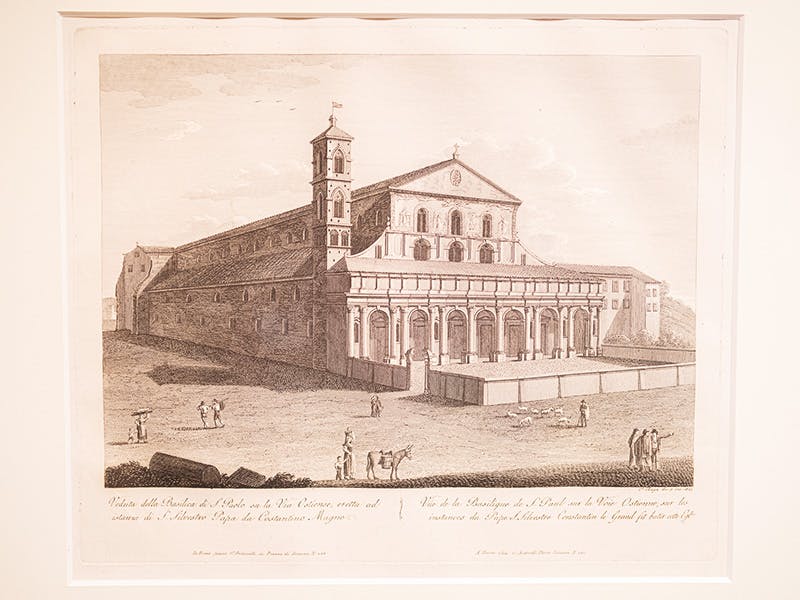
Figure 7: View of the Basilica of Saint Paul on the Via Ostiensis. Image © Museum of the Bible, 2023. All rights reserved.
These three are followed by: Saint Mary Major, which houses the most important icon of Mary in Rome; Saint Lawrence Outside the Walls, built over the tomb of Saint Lawrence, an archdeacon martyred in AD 258; the Basilica of the Holy Cross in Jerusalem, built on soil from Mount Calvary that Helena, the mother of Emperor Constantine I, brought to Rome from Jerusalem; and the Basilica of Saint Sebastian Outside the Walls, which houses a piece of a column and an arrow traditionally linked to the torture of Saint Sebastian.
The exhibition ends with a modern print commissioned by the Vatican Apostolic Library in 2016 to celebrate the Extraordinary Jubilee of Mercy, which follows the tradition of making maps of the Seven Churches during Holy Years (the Catholic Jubilee).

Figure 8: The Face of Mercy, an artistic and celebratory print of the Extraordinary Jubilee of Mercy. Image © Museum of the Bible, 2023. All rights reserved.
The print offers a comprehensive view of the churches and also beautifully illustrates the Seven Works of Mercy, as described in Matthew 25, in the lower section. The print serves as a reminder of the importance of mercy and compassion, which lie at the heart of the Christian faith, and of Christian pilgrimage.
A Journey of Faith: The Seven Pilgrim Churches of Rome is open now through September 10, 2023.
By Dr. Corinna Ricasoli, Consultant Curator of Fine Arts, and Amy Van Dyke, Lead Curator of Art and Exhibitions


